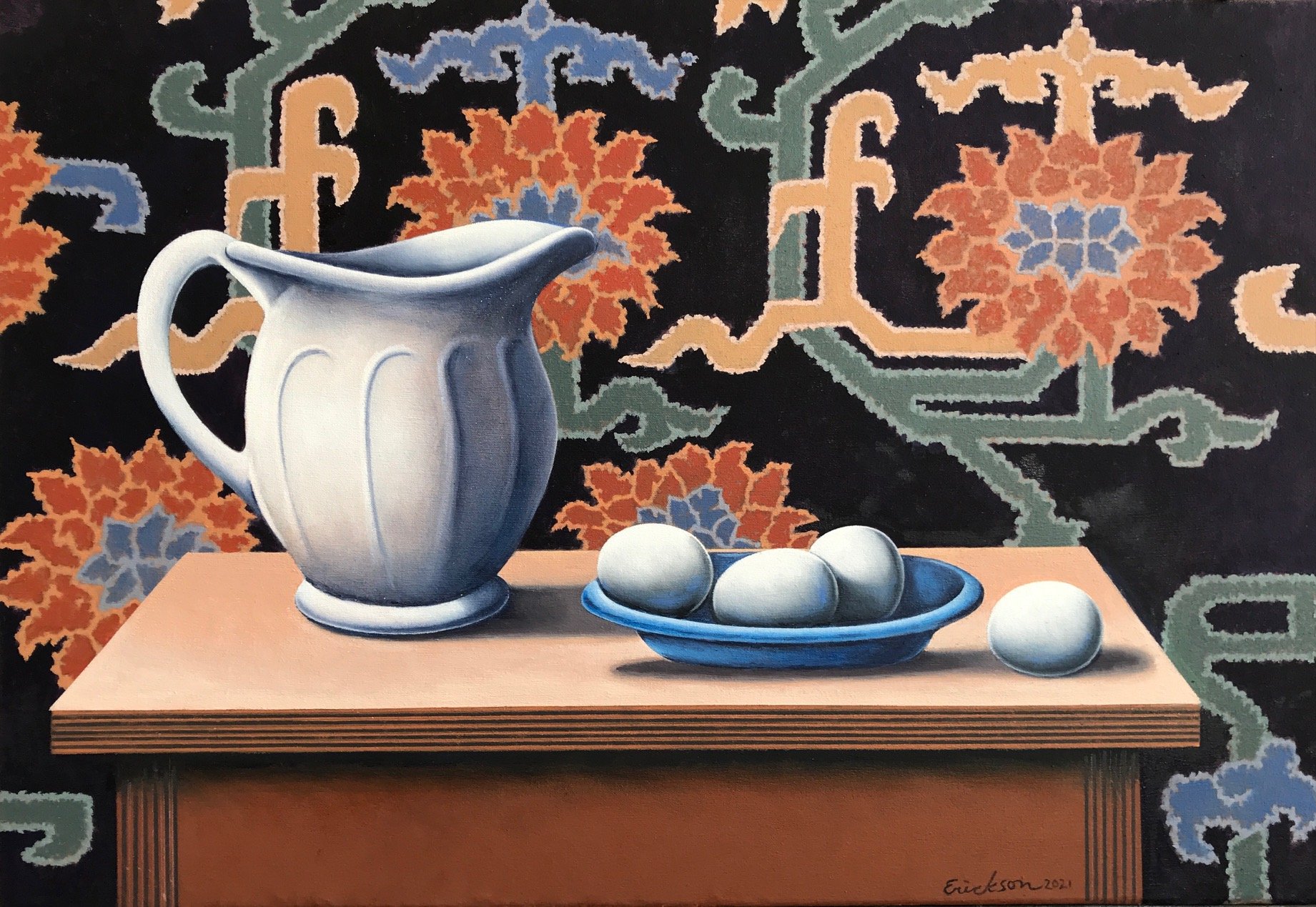
A Brief History Of Art.
The history of art is a vast and complex subject that spans thousands of years and encompasses a wide range of styles, techniques, and cultural influences. Here's a brief overview of the major periods and movements in art history:
Prehistoric Art (c. 30,000 BCE - 2,000 BCE): The earliest known art consists of cave paintings, sculptures, and artifacts created by ancient civilizations. These artworks often depicted animals, humans, and abstract symbols.
Ancient Art (c. 3,000 BCE - 476 CE): This period includes the art of ancient civilizations such as Mesopotamia, Egypt, Greece, and Rome. It's characterized by monumental architecture, sculptures, pottery, and intricate mosaics.
Medieval Art (c. 476 CE - 1400 CE): During the Middle Ages, art was primarily religious and often centered around the Christian Church. This period saw the development of illuminated manuscripts, Byzantine icons, and Gothic architecture.
Renaissance (14th - 17th centuries): The Renaissance marked a significant shift in art, with a renewed interest in classical Greek and Roman styles. Artists like Leonardo da Vinci, Michelangelo, and Raphael created masterpieces that emphasized realism, perspective, and human anatomy.
Baroque (17th - 18th centuries): Baroque art is characterized by dramatic lighting, rich colors, and emotional intensity. It was often used by the Catholic Church to create awe-inspiring religious imagery.
Neoclassicism (late 18th - early 19th centuries): Neoclassicism sought to revive the classical styles of ancient Greece and Rome. Artists aimed for clarity, simplicity, and moral themes.
Romanticism (late 18th - mid-19th centuries): Romantic artists emphasized emotion, imagination, and individualism. They often depicted nature, the sublime, and exotic subjects.
Realism (mid-19th century): Realist artists aimed to portray everyday life and the world as it truly was, often addressing social and political issues.
One of the most notable is Edward Hopper (July 22, 1882 – May 15, 1967) who was an American realist painter and print-maker. While he is widely known for his oil paintings, he was equally proficient as a water-colorist and print-maker in etching. Although a realist painter, Hopper's "soft" realism simplified shapes and details. He used saturated color to heighten contrast and create mood. Hopper derived his subject matter from two primary sources. Primarily the common features of American life and its inhabitants and secondarily seascapes and rural landscapes. Hopper defined himself as not a member of any school. Once Hopper achieved his mature style, his art remained consistent and self-contained, in spite of the numerous art trends that came and went during his long career. Many people compare Erickson’s work to Hopper and that of course is high esteem to be compared to such a important artist.
Impressionism (late 19th century): Impressionist artists, like Monet and Renoir, focused on capturing the effects of light and color in a fleeting moment. Their work marked a departure from traditional techniques.
Post-Impressionism (late 19th - early 20th centuries): Artists like Van Gogh and Cézanne built upon Impressionism, exploring individual expression, color theory, and abstract forms.
Cubism (early 20th century): Pioneered by Picasso and Braque, Cubism introduced a new way of representing reality by breaking subjects into geometric forms and depicting multiple viewpoints simultaneously.
Surrealism (1920s - 1930s): Surrealist artists, including Salvador Dalí and René Magritte, delved into the realm of dreams and the subconscious, creating bizarre and dreamlike imagery.
Abstract Expressionism (1940s - 1950s): Artists like Jackson Pollock and Mark Rothko focused on expressing emotions through abstract forms, often using large canvases and bold gestures.
Pop Art (1950s - 1960s): Pop artists, such as Andy Warhol and Roy Lichtenstein, celebrated popular culture by incorporating imagery from advertising, consumer products, and media.
Contemporary Art (1960s - present): Contemporary art is diverse and encompasses various styles, from conceptual art to digital art. It often explores complex themes and challenges traditional artistic boundaries.
This is just a brief overview, and there are many more movements, artists, and developments in the history of art. Each era has contributed to the rich and evolving tapestry of human creativity.